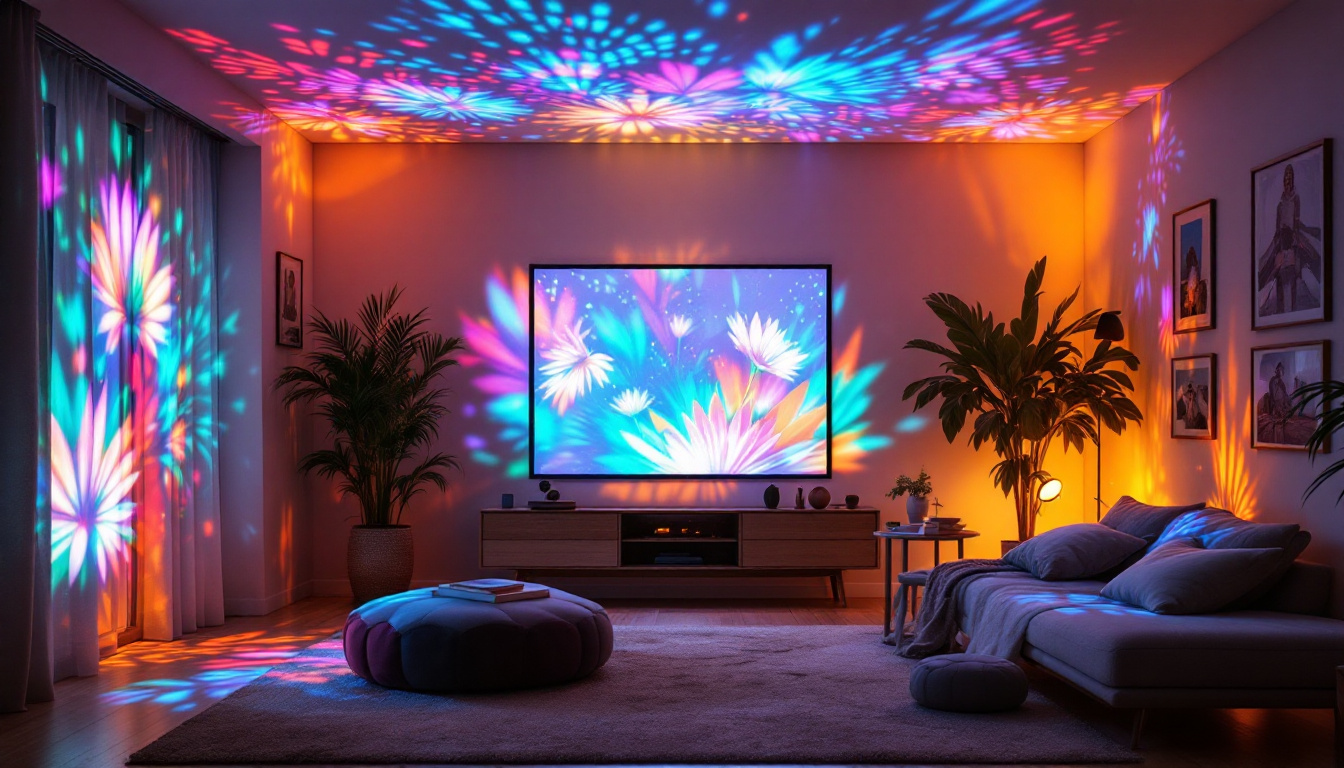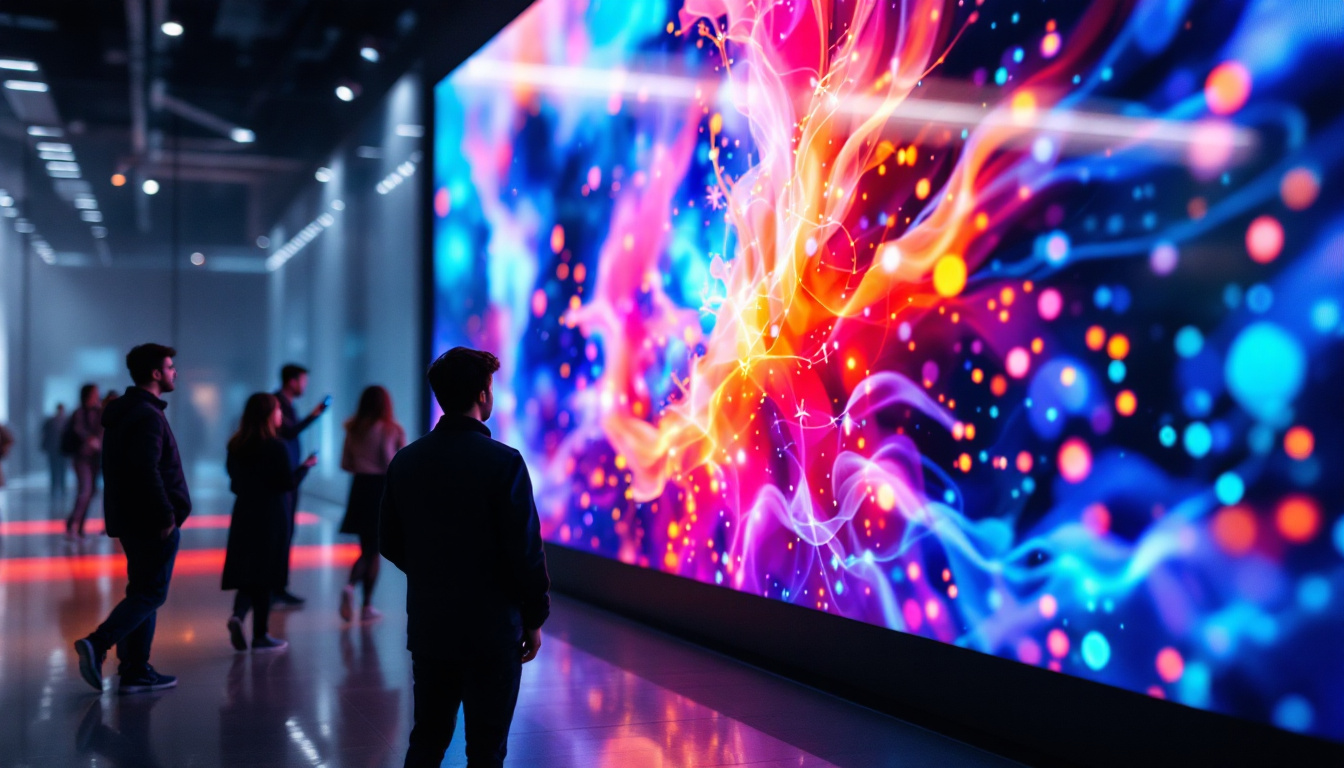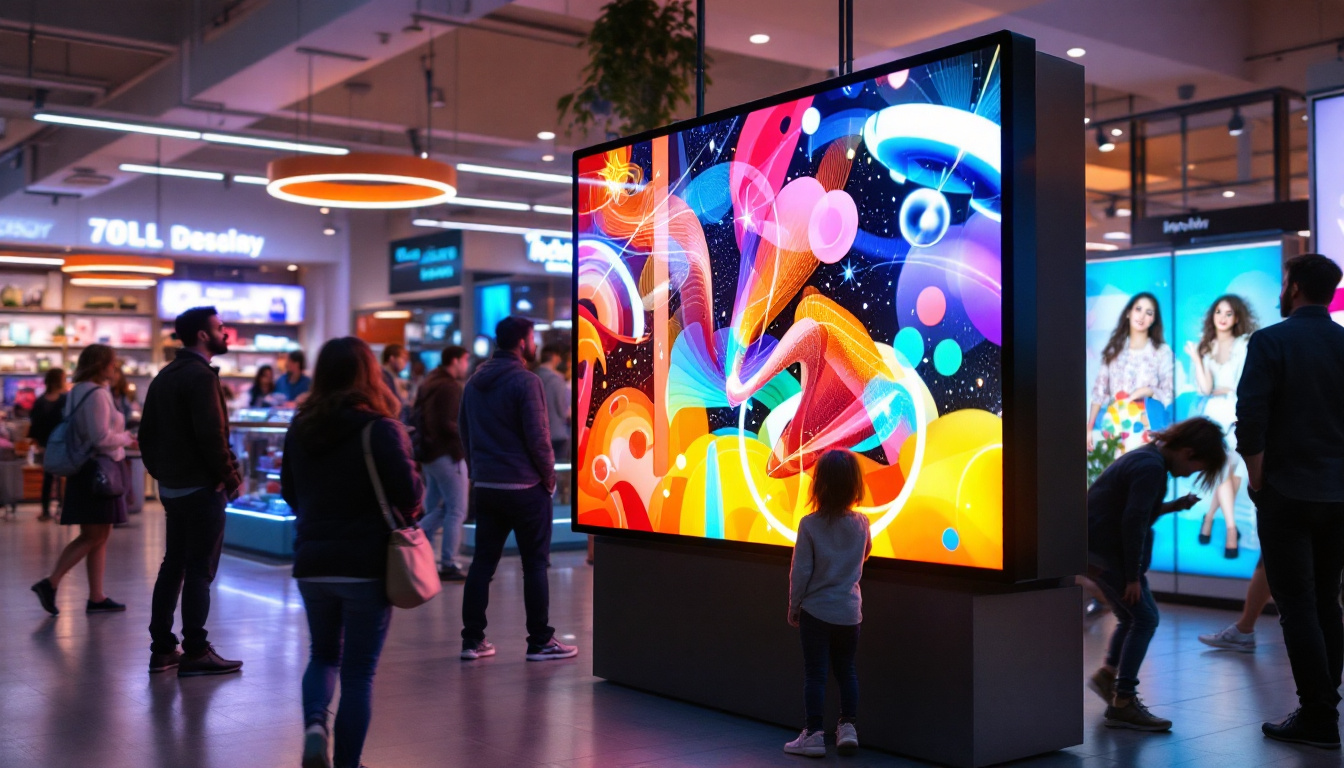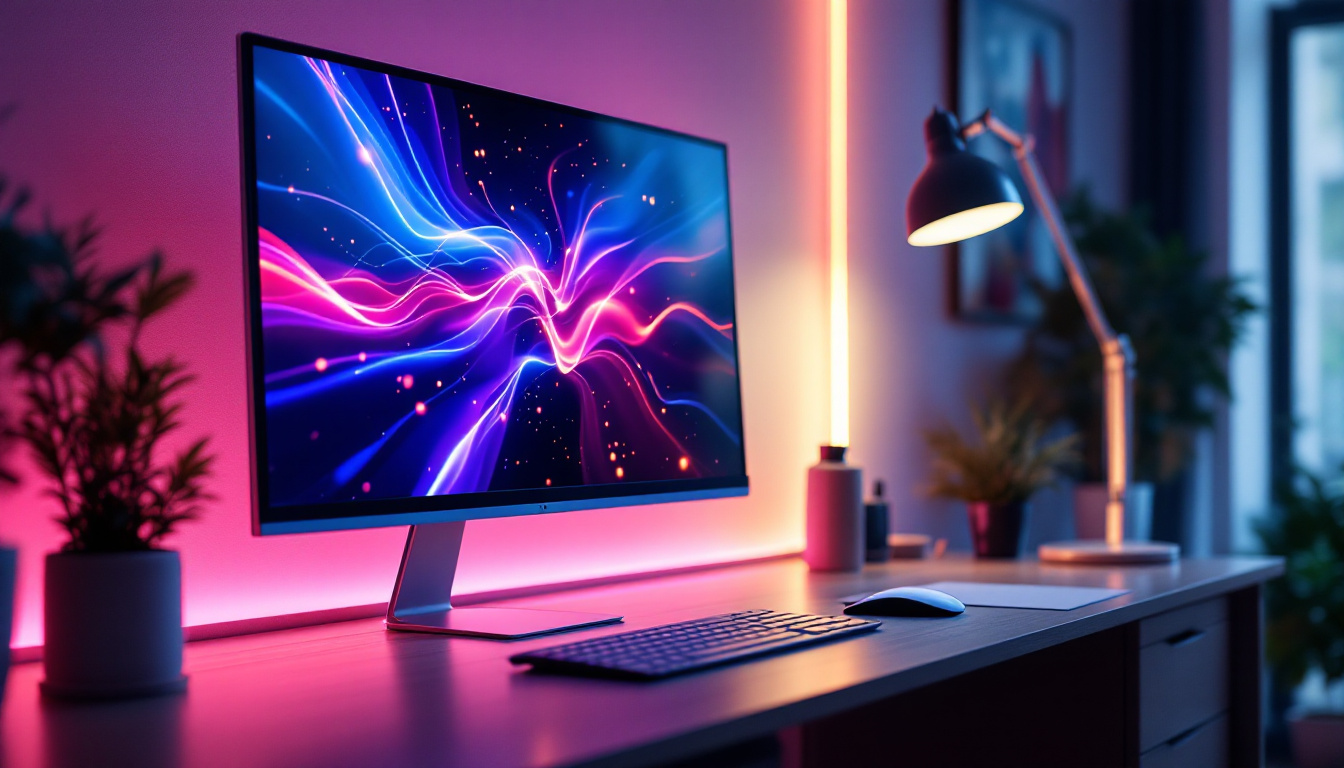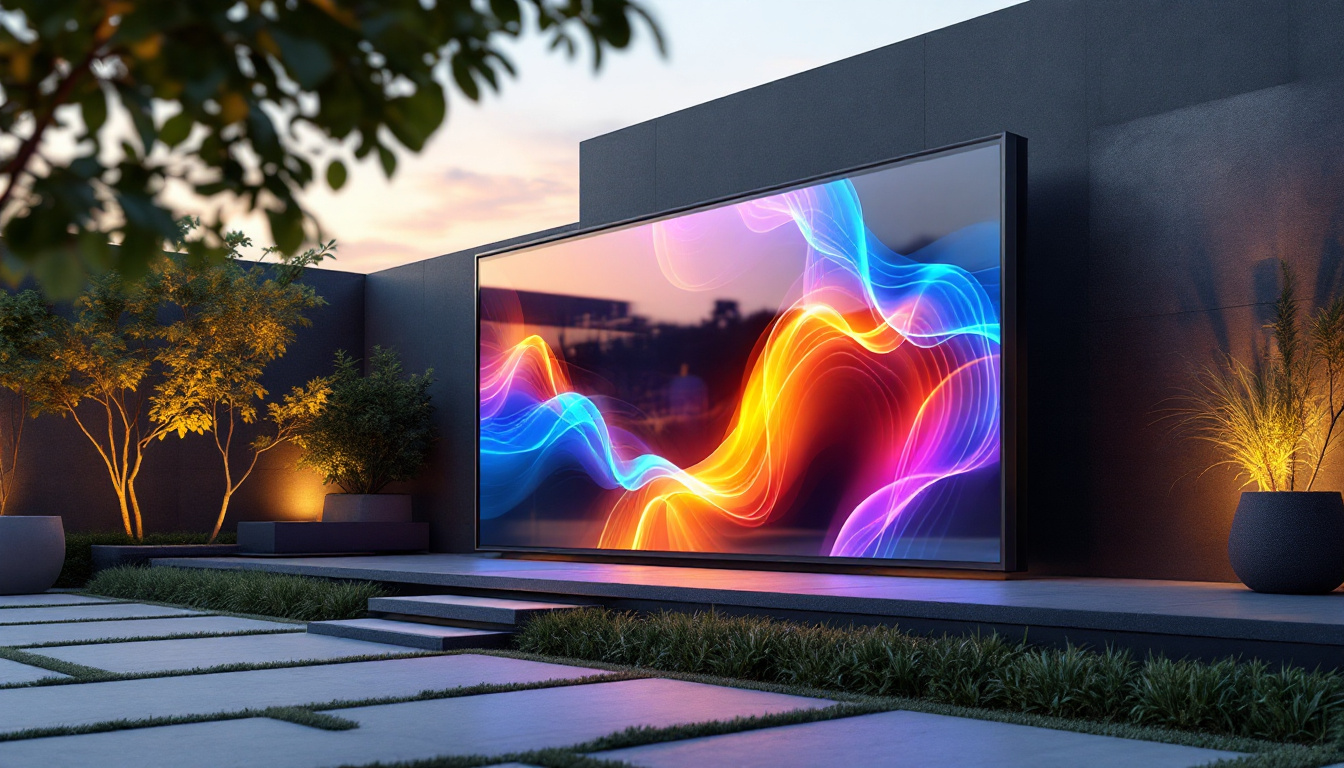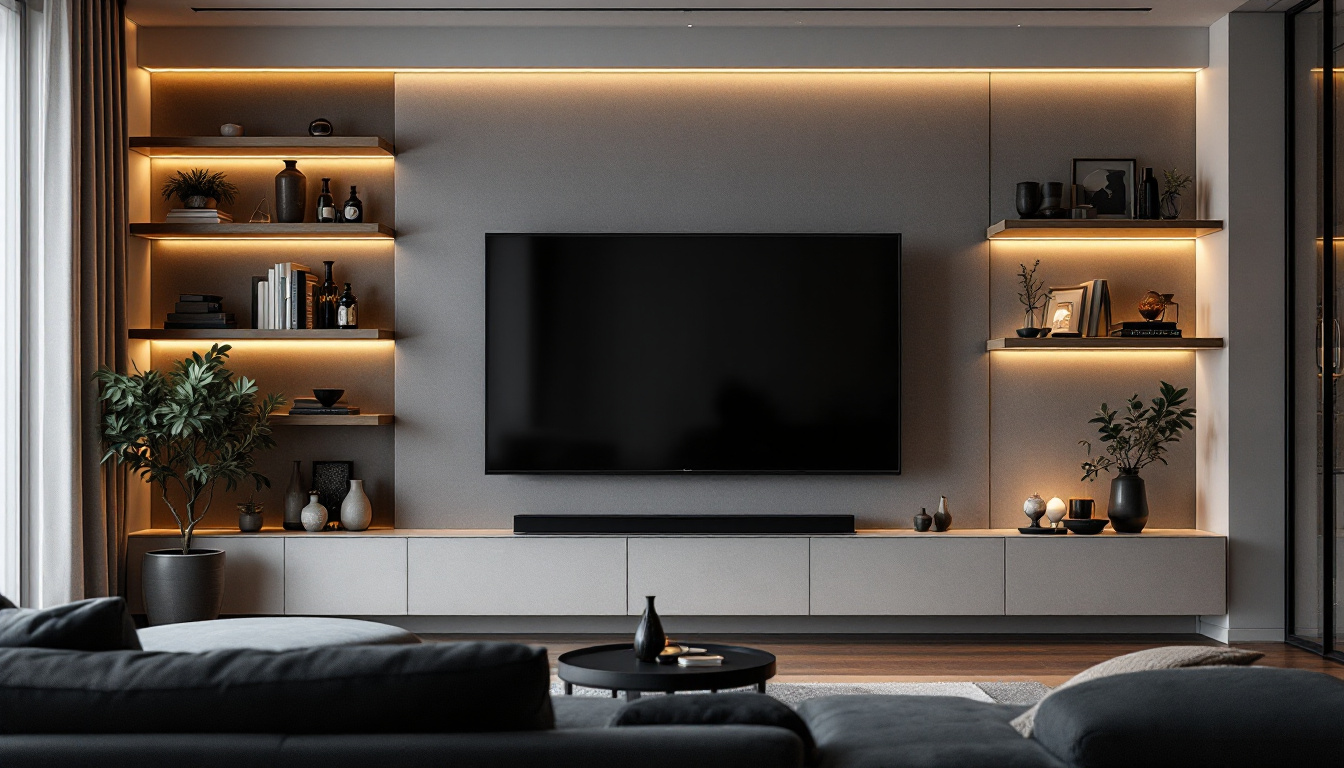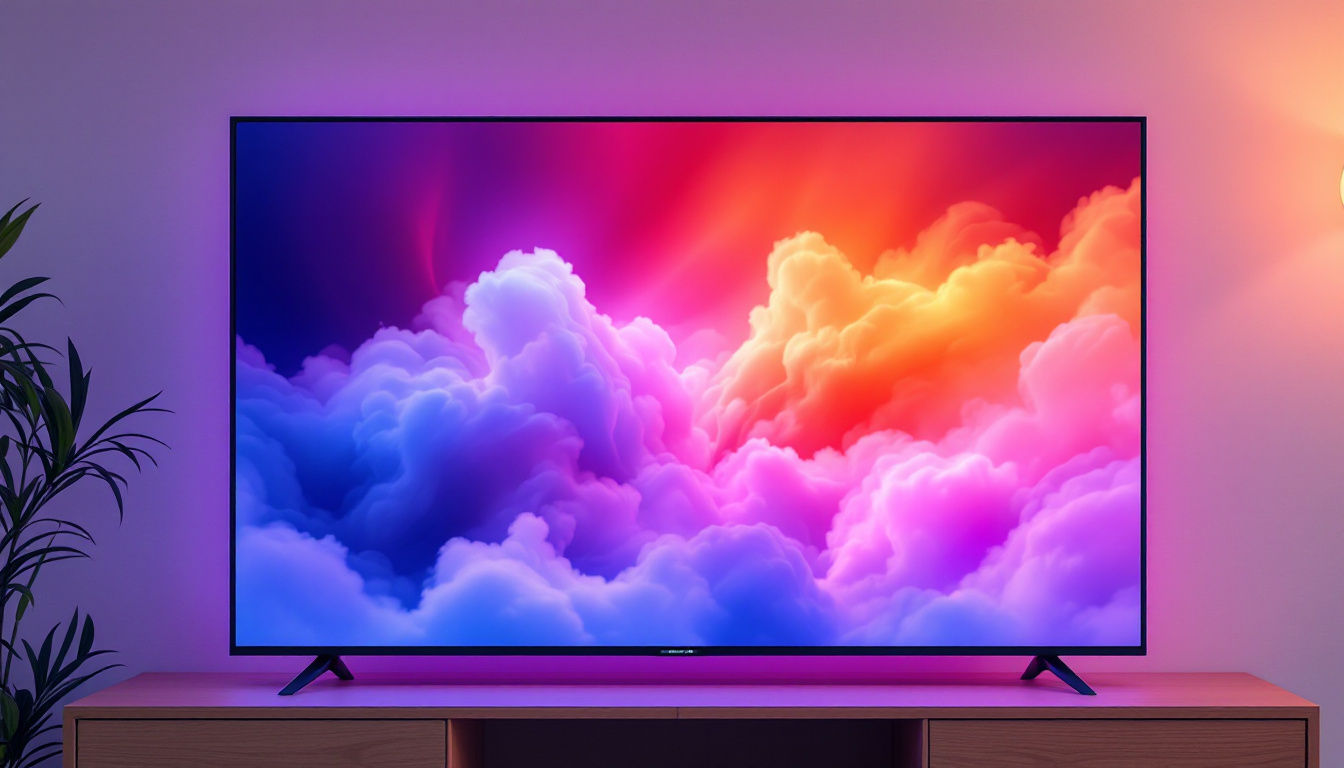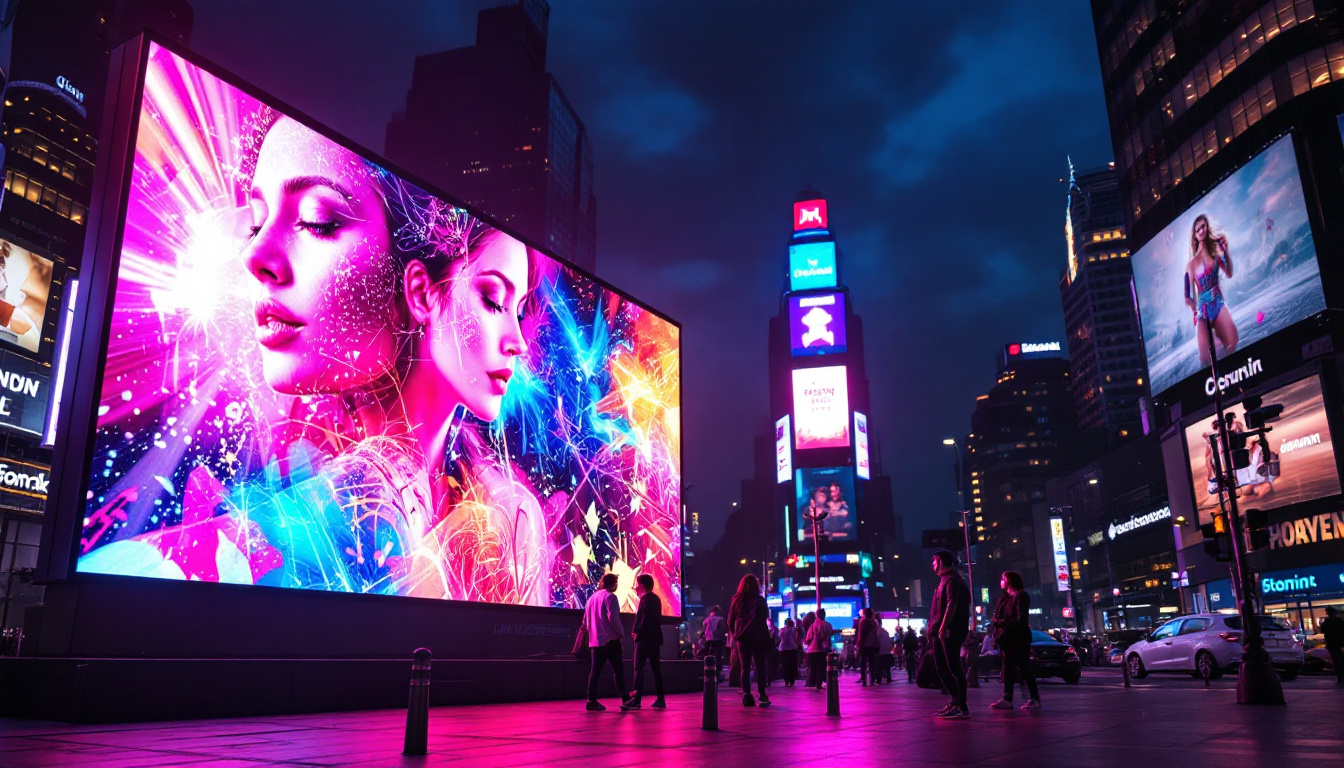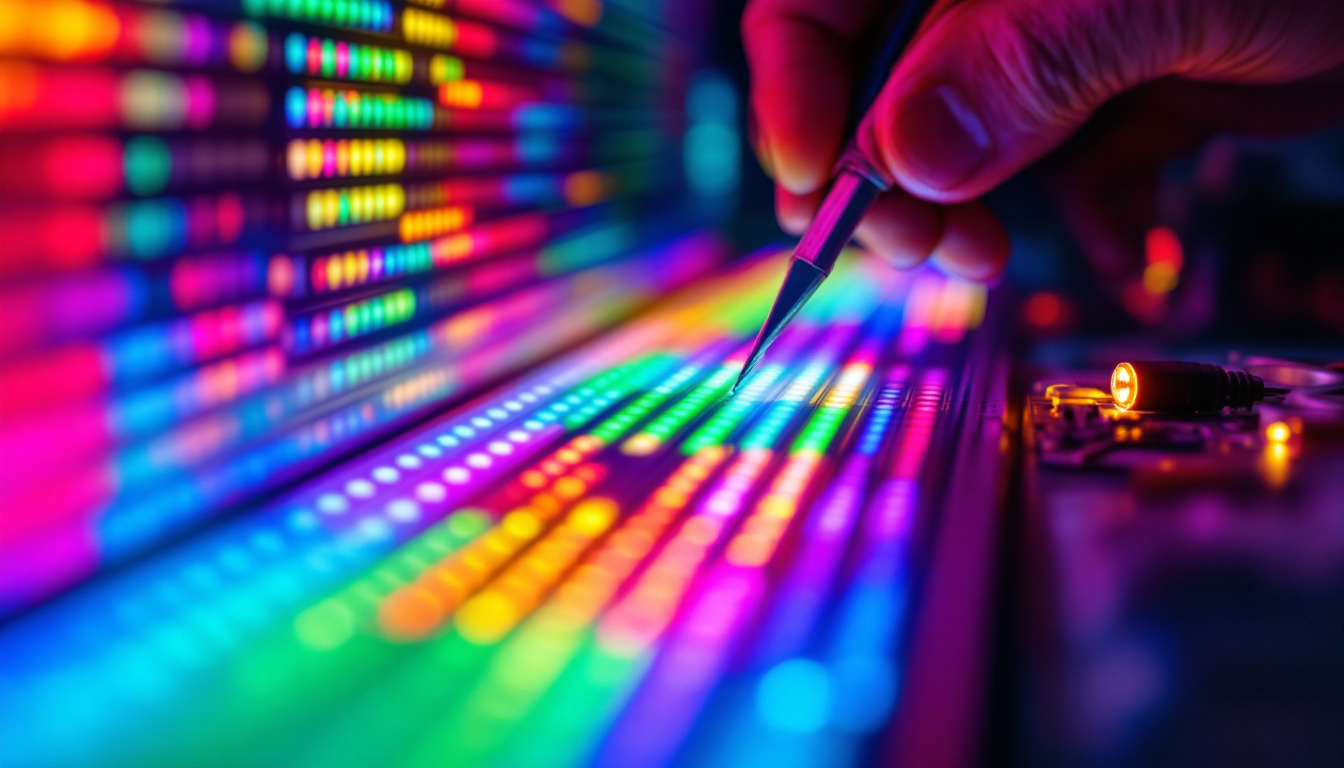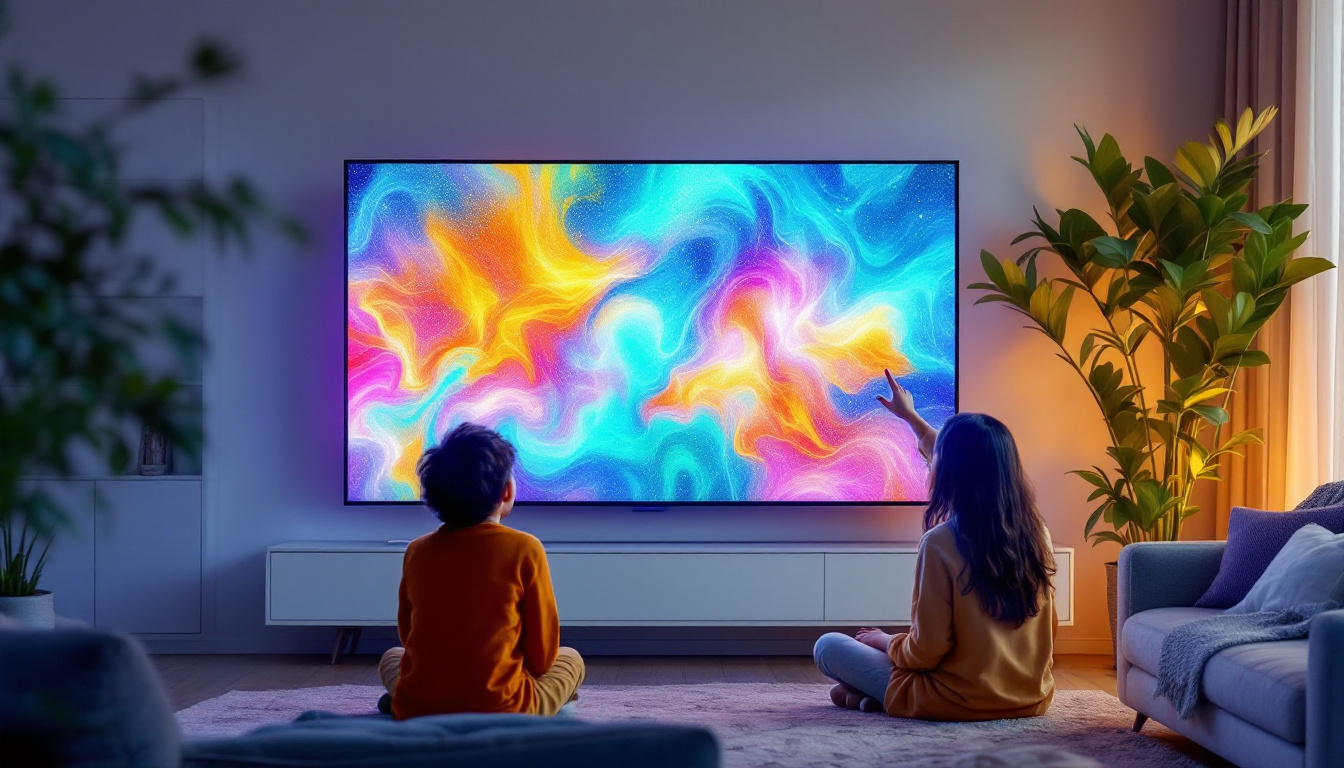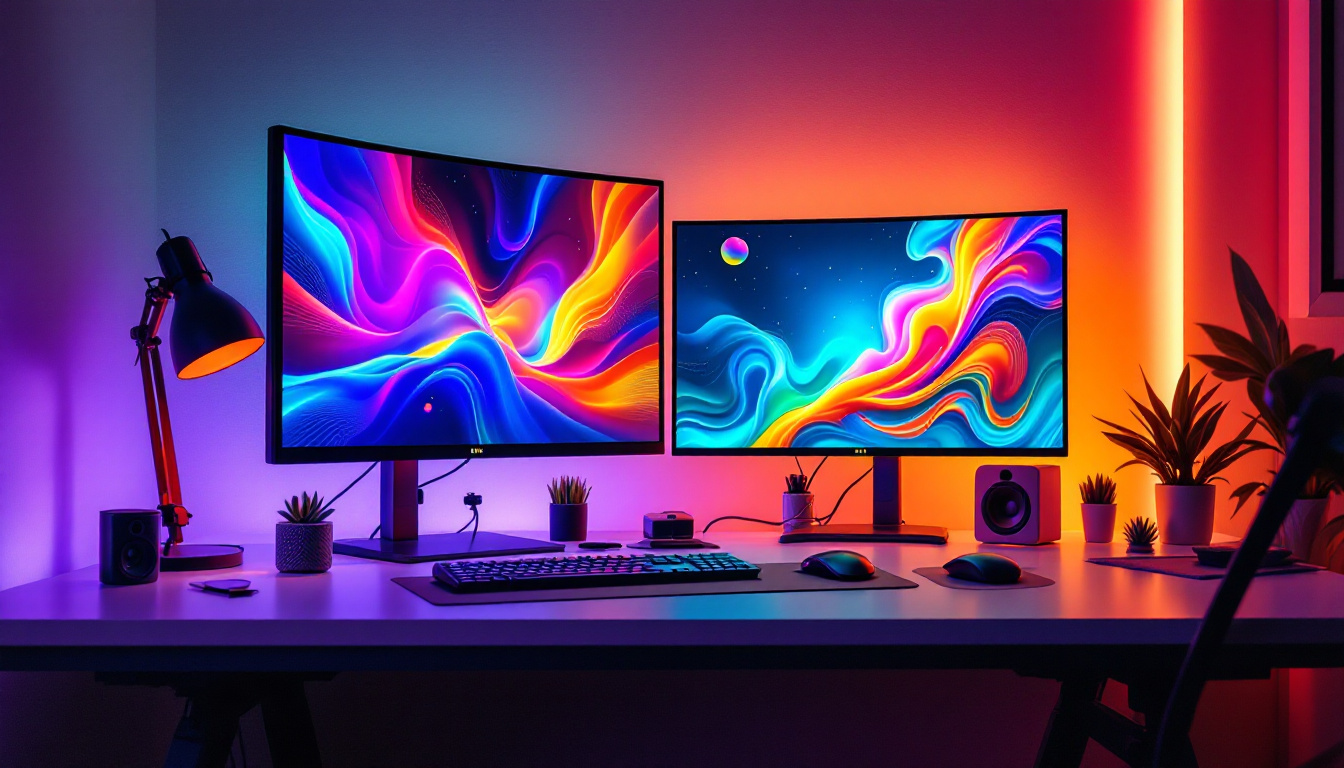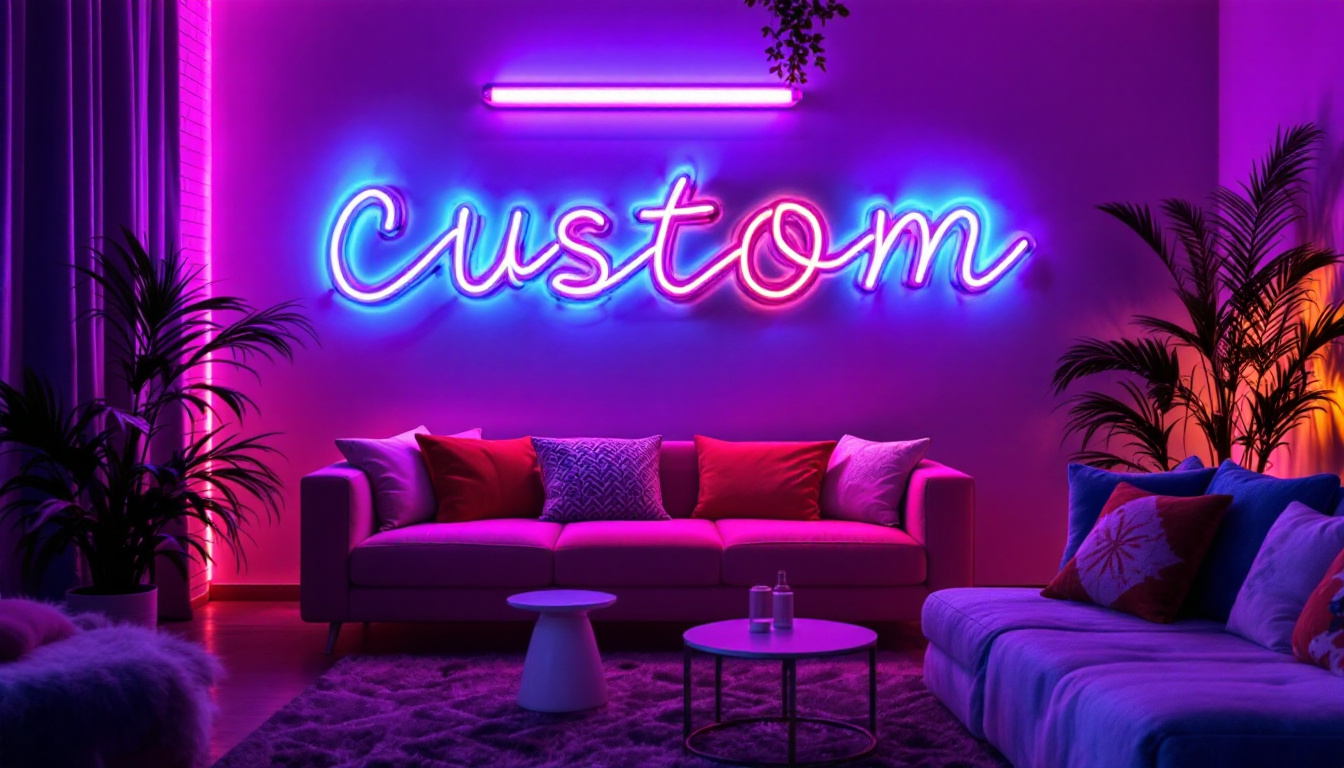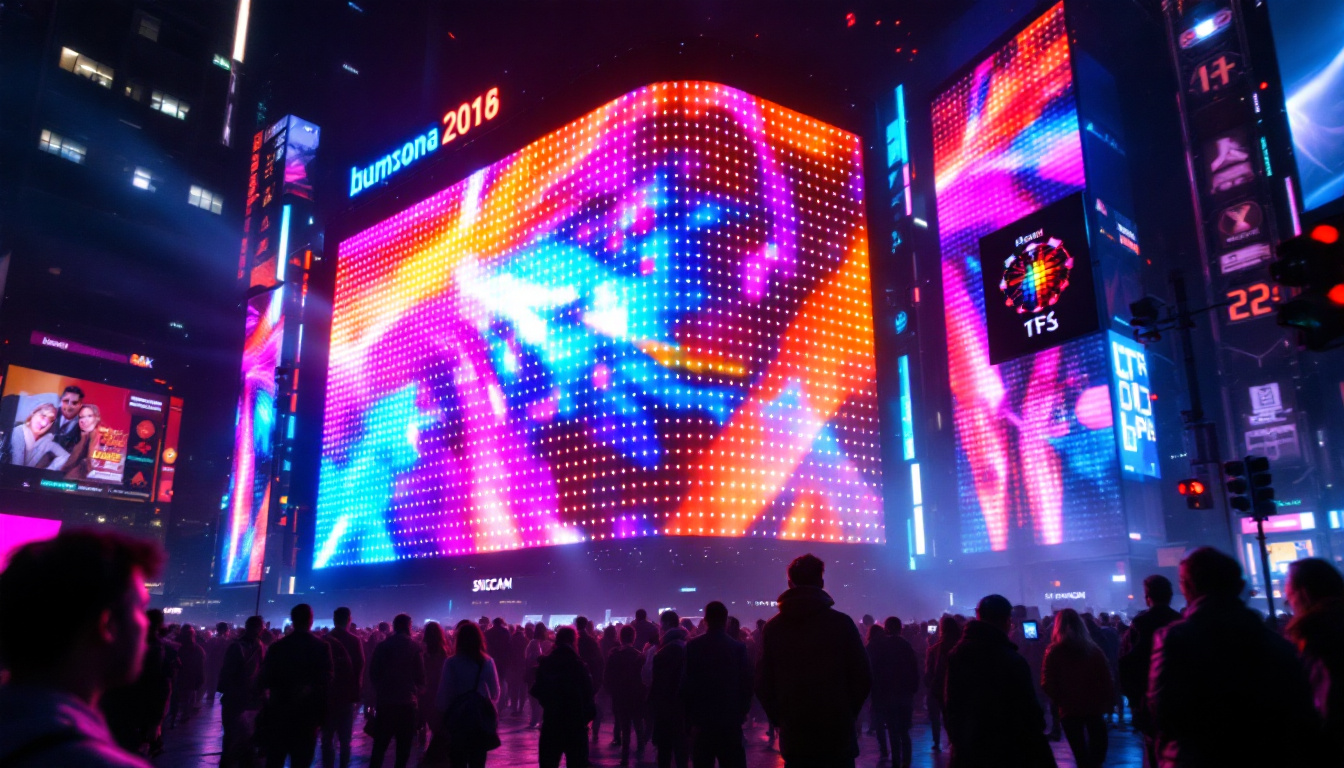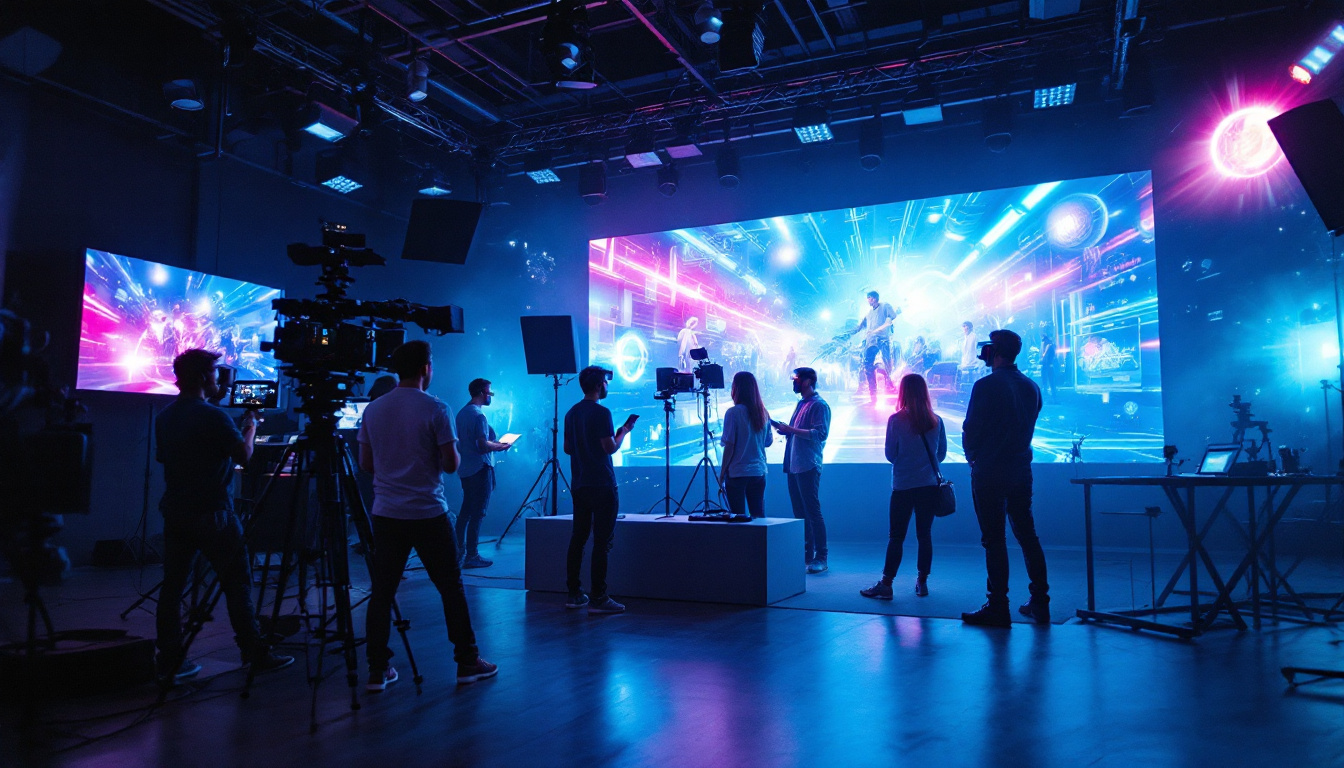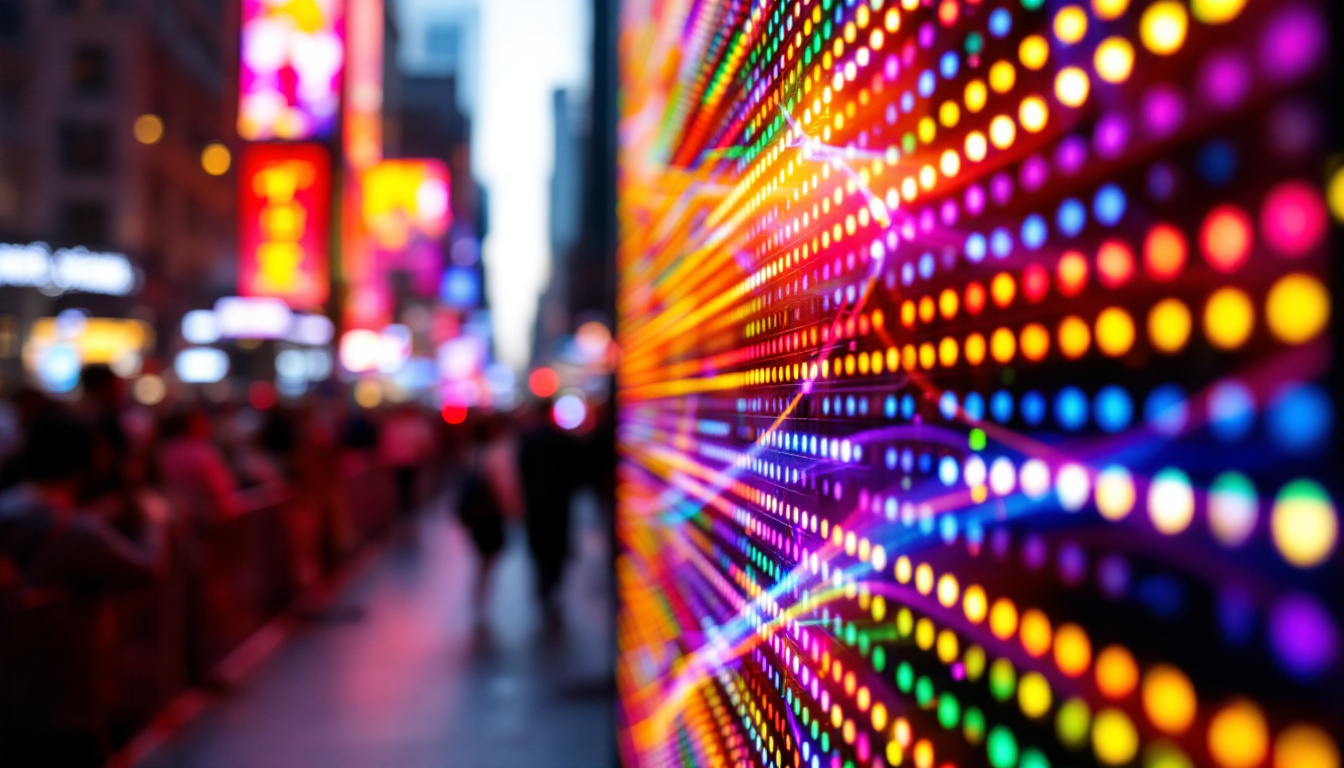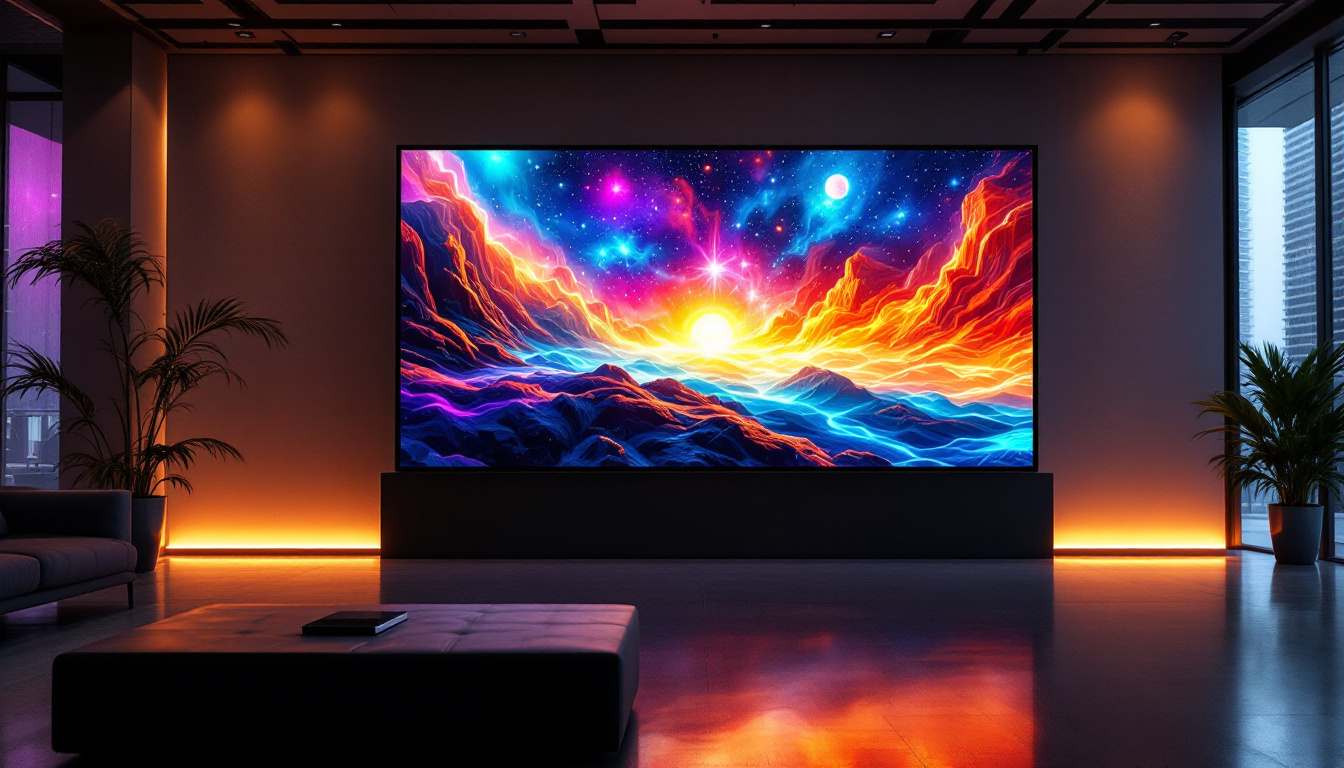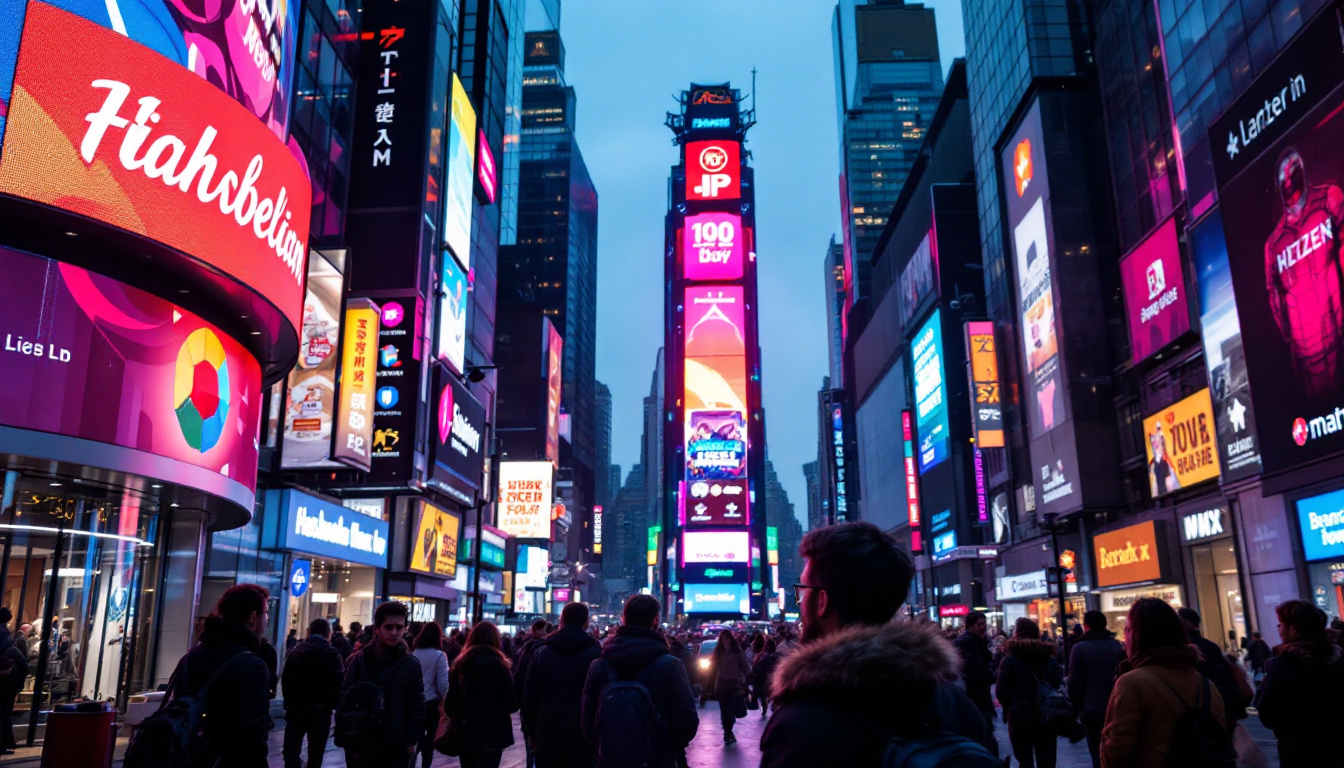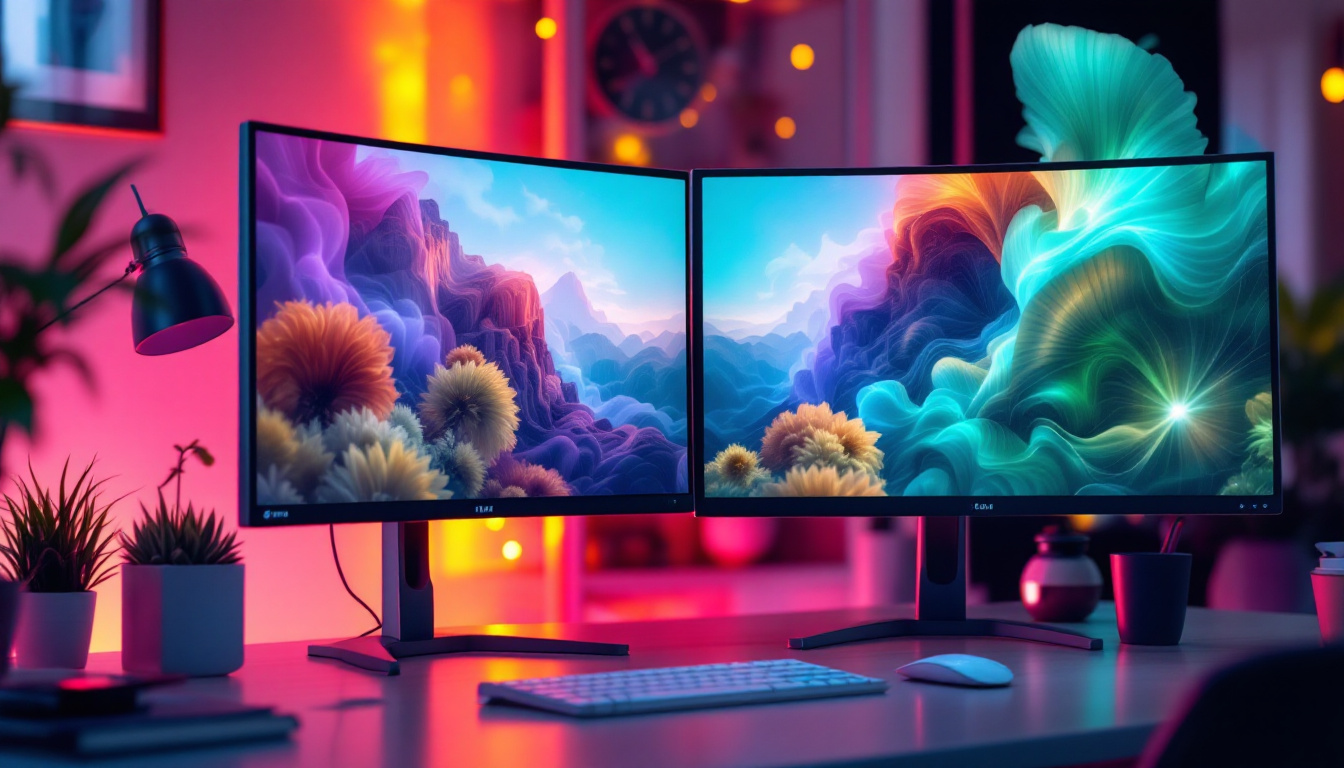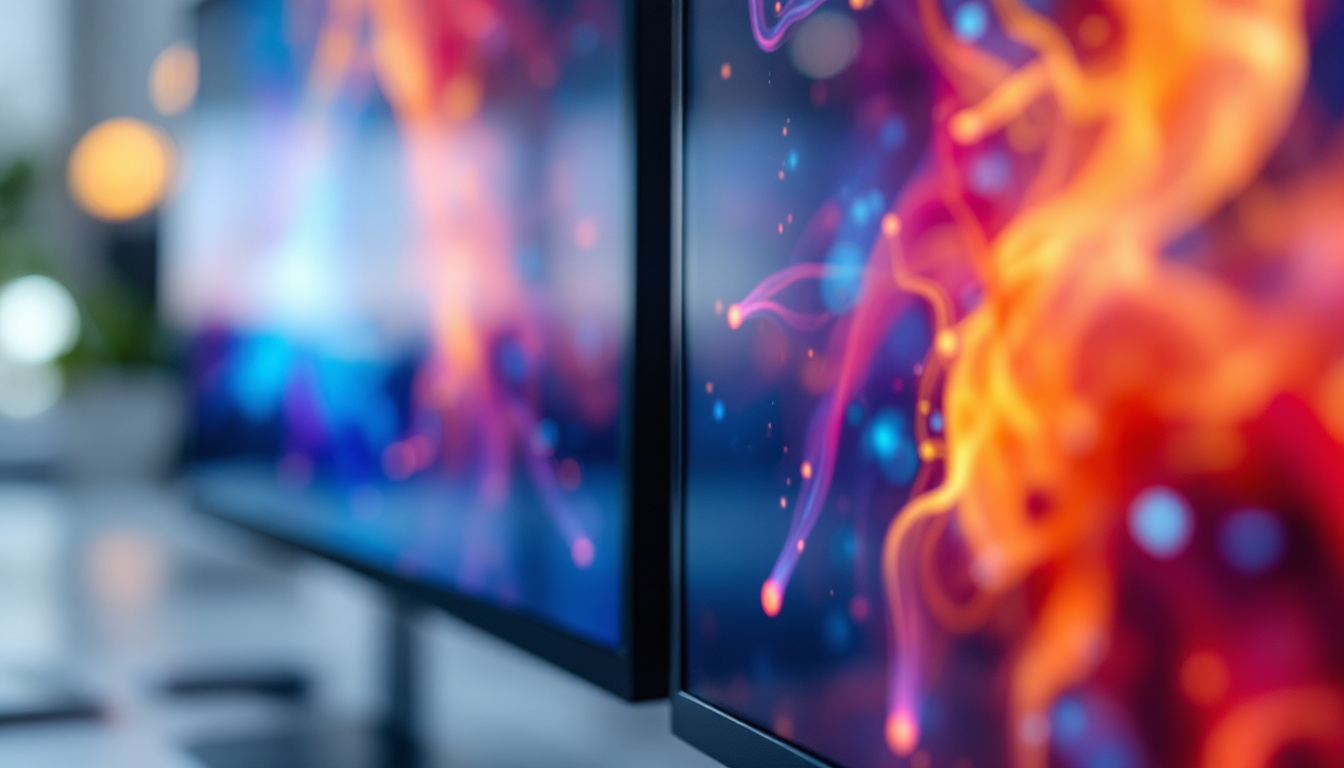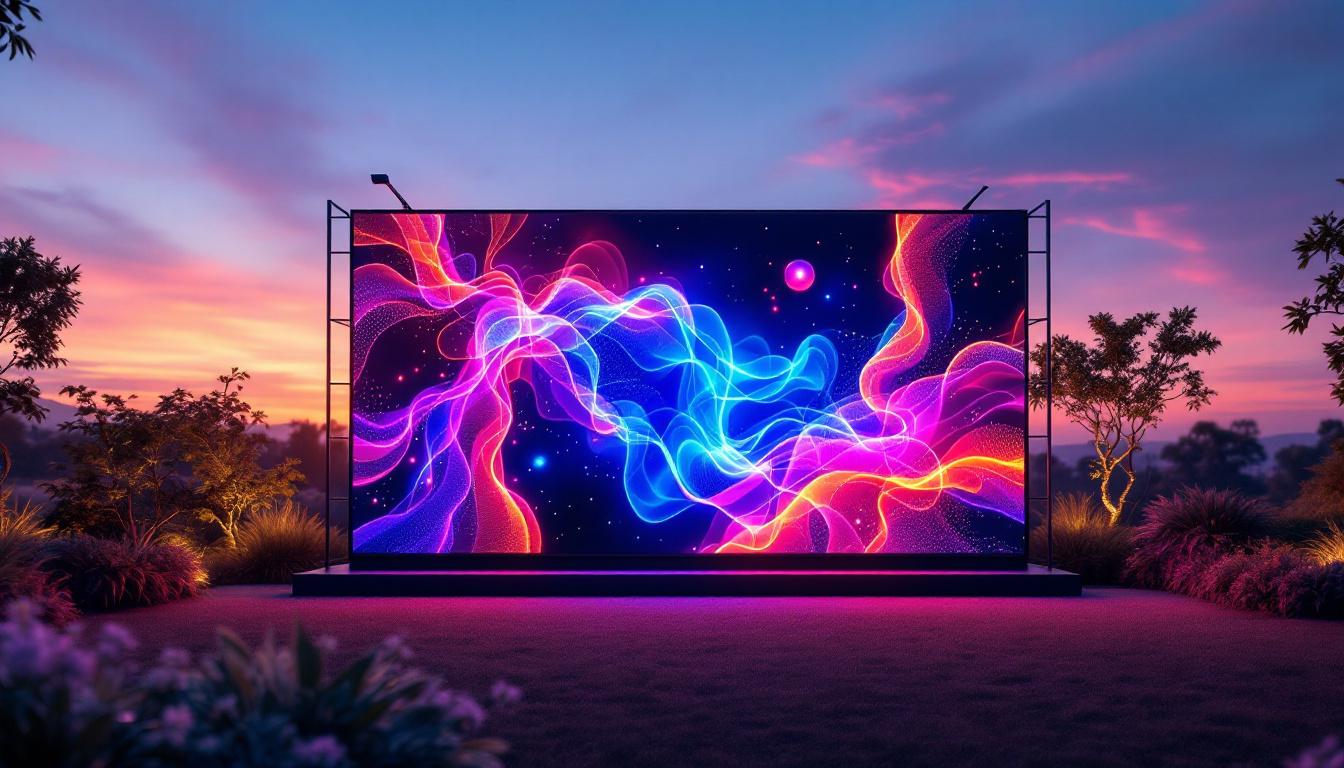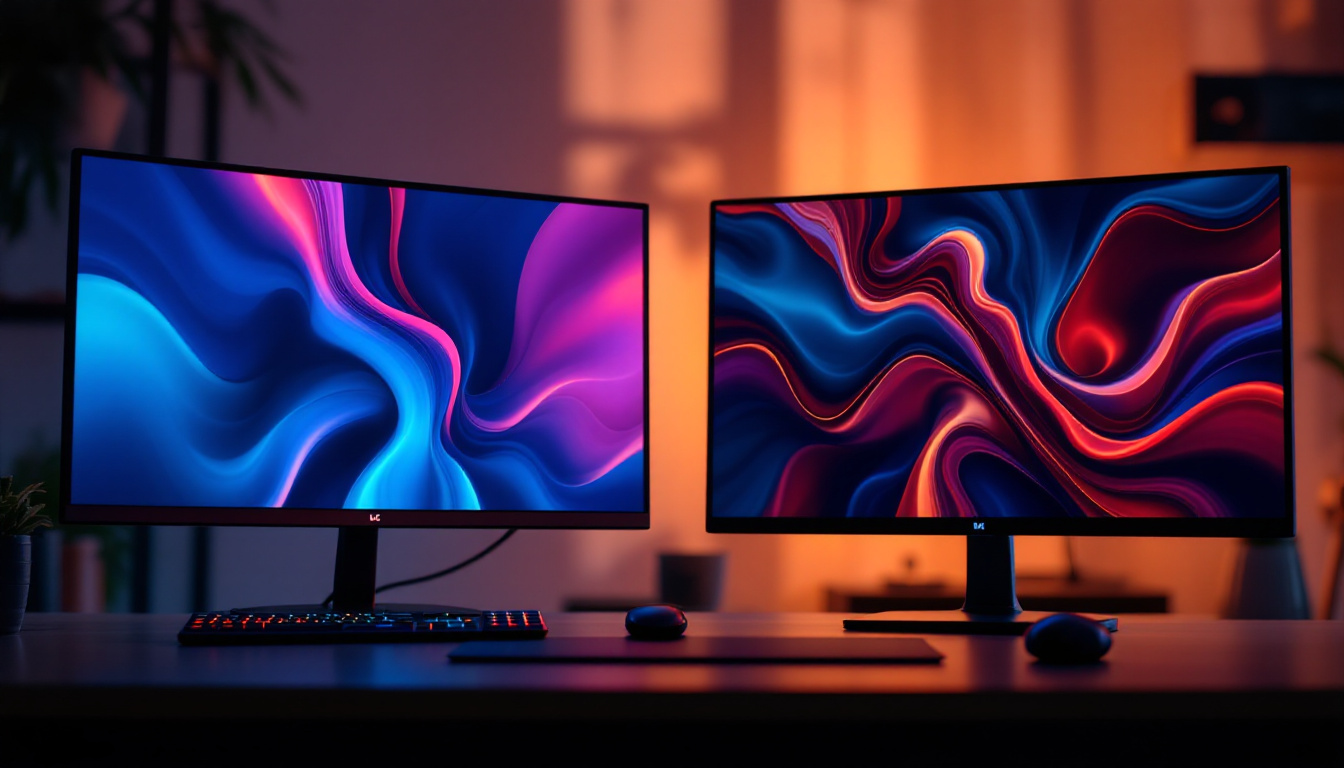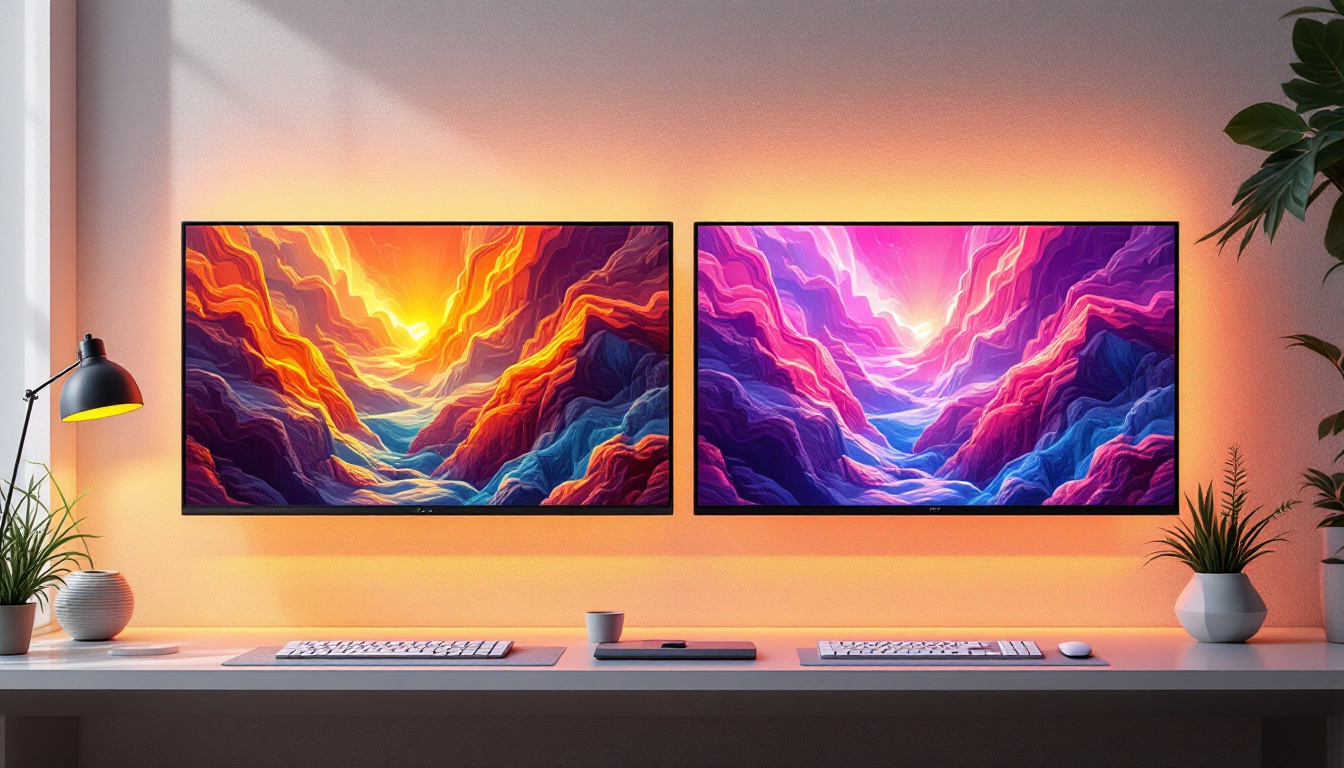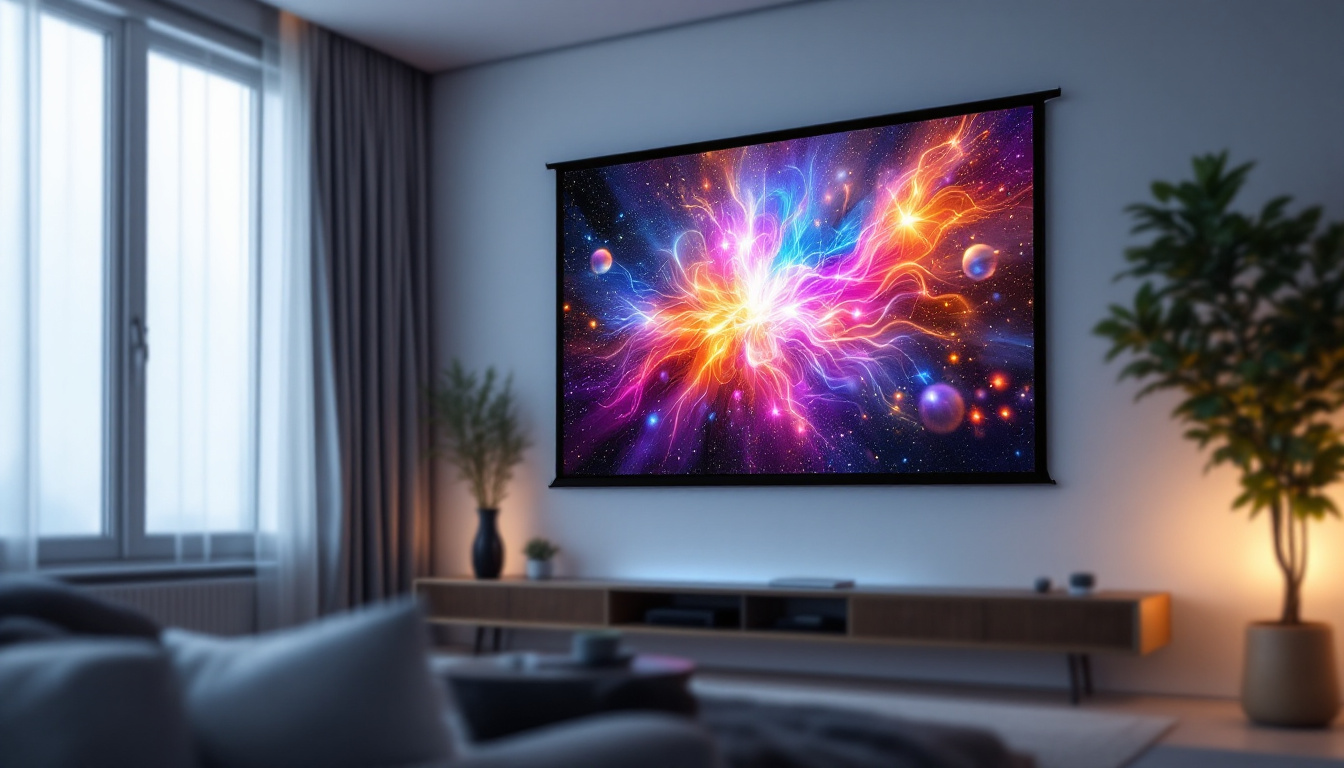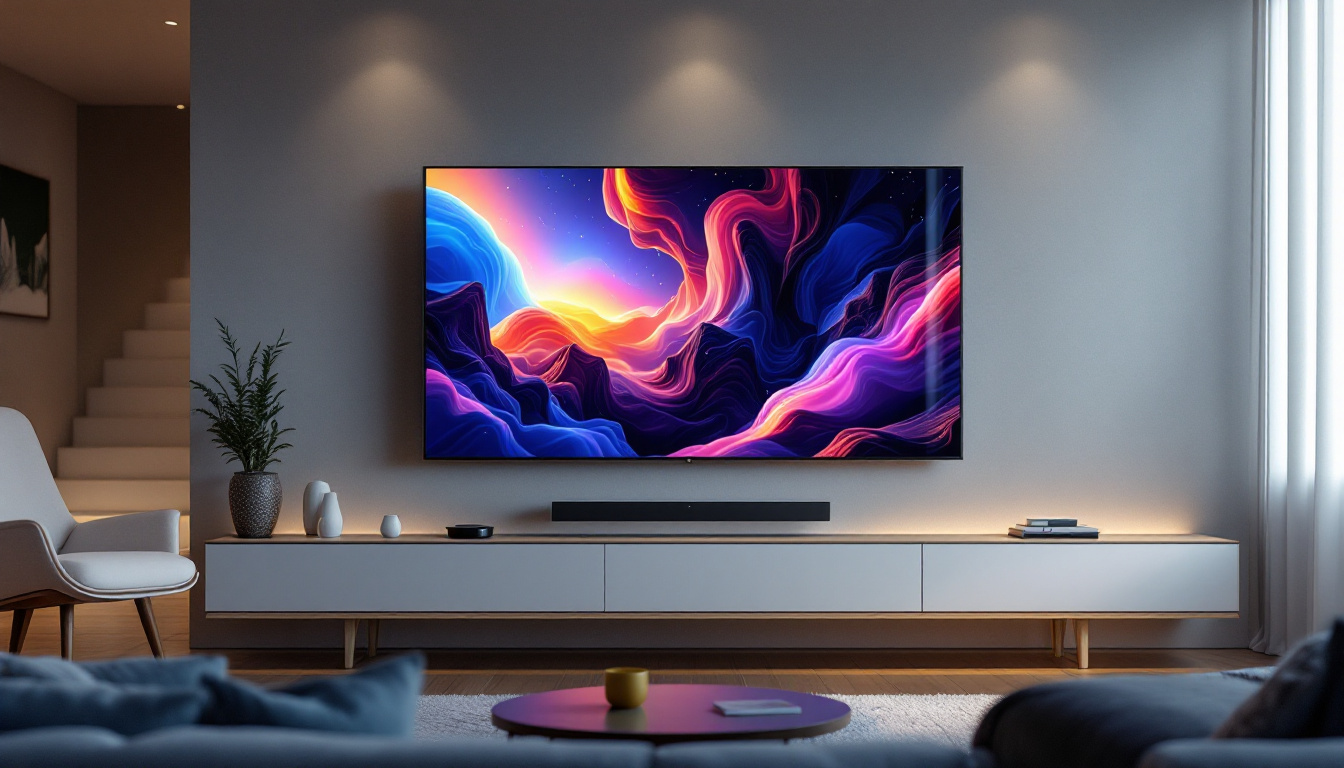In recent years, LED projector lights have gained immense popularity as a versatile lighting solution for various spaces. These innovative devices not only illuminate a room but also create captivating visual displays that can enhance the ambiance of any environment. Whether it’s for a home theater, a party, or simply to add a touch of creativity to a living space, understanding LED projector lights is essential. This article delves into the intricacies of LED display technology, its benefits, and how to effectively incorporate it into your room.
Understanding LED Projector Lights
LED projector lights utilize light-emitting diodes (LEDs) to produce bright, vibrant images and colors. Unlike traditional projectors that rely on bulbs, LED projectors are energy-efficient and have a longer lifespan. This section breaks down the core components and functionality of LED projectors.
Components of LED Projector Lights
At the heart of any LED projector is the light source, which in this case is the LED itself. LEDs emit light when an electric current passes through them, resulting in a more energy-efficient and durable lighting solution. Other essential components include:
- Optical Lens: This focuses the light emitted by the LED, allowing for a clear and sharp image projection.
- Cooling System: LED projectors generate less heat, but they still require a cooling mechanism to maintain optimal performance.
- Control System: This allows users to adjust settings such as brightness, contrast, and color temperature.
Understanding these components helps in appreciating the technology behind LED projectors and their advantages over traditional models. Furthermore, the integration of advanced optics and high-quality materials in the construction of these components can significantly enhance the overall viewing experience. For instance, some projectors utilize high-index glass lenses, which can minimize distortion and improve light transmission, resulting in a more vivid and lifelike image.
How LED Projector Lights Work
LED projectors work by converting electrical energy into light through the LED chips. When the projector is turned on, the LED chips illuminate, and the optical lens focuses this light to project images onto a surface. The quality of the image depends on various factors, including the resolution of the projector and the distance from the projection surface.
Additionally, many LED projectors come equipped with features such as keystone correction and zoom capabilities, allowing for adjustments to the projected image to ensure it fits perfectly on the intended surface. This flexibility makes LED projectors suitable for various applications, from home entertainment to professional presentations. Moreover, advancements in LED technology have led to the development of models that support 4K resolution and HDR content, providing an unparalleled viewing experience with stunning detail and color accuracy. As a result, these projectors are increasingly being used in home theaters, classrooms, and even outdoor movie nights, making them a versatile choice for any setting.
Benefits of Using LED Projector Lights
LED projector lights offer numerous advantages that make them an appealing choice for both personal and professional use. Here are some of the key benefits:
Energy Efficiency
One of the most significant advantages of LED projectors is their energy efficiency. Compared to traditional incandescent bulbs, LEDs consume significantly less power, leading to lower electricity bills. This efficiency not only benefits the environment but also reduces the overall cost of ownership over time. Furthermore, many LED projectors come with features like automatic brightness adjustment, which optimizes power consumption based on the ambient light conditions, further enhancing their energy-saving capabilities.
Longevity and Durability
LEDs have a much longer lifespan than traditional projector bulbs, often lasting up to 25,000 hours or more. This longevity means less frequent replacements and maintenance, making LED projectors a more reliable option for continuous use. Additionally, LEDs are more resistant to shock and vibrations, further enhancing their durability. This robustness makes them ideal for various settings, from bustling classrooms to outdoor movie nights, where equipment may be subject to rough handling or environmental factors.
Vibrant Color and Brightness
LED projectors are known for their ability to produce bright, vibrant colors. The color accuracy and brightness levels are often superior to those of traditional projectors, providing a more immersive viewing experience. This quality is particularly beneficial for presentations, movies, and gaming, where visual clarity is paramount. Moreover, many LED projectors utilize advanced color processing technologies, such as RGB color wheel systems, which enhance the richness and depth of the projected images, making them more lifelike and engaging for the audience.
Portability and Versatility
Another notable benefit of LED projectors is their portability. Many models are compact and lightweight, making them easy to transport for various events, whether it’s a business meeting, a family gathering, or a community event. This versatility allows users to set up a high-quality display virtually anywhere, transforming any space into a mini-theater or presentation room. Additionally, some LED projectors come with built-in wireless connectivity options, enabling seamless streaming from smartphones, tablets, or laptops without the hassle of tangled cords.
Eco-Friendly Option
In an era where environmental consciousness is paramount, LED projectors stand out as an eco-friendly option. They contain no harmful materials like mercury, which is often found in traditional projector bulbs, making them safer for both users and the environment. Furthermore, their lower energy consumption contributes to a reduced carbon footprint, aligning with sustainable practices. As more individuals and organizations seek to minimize their environmental impact, choosing LED technology becomes a responsible and forward-thinking choice.
Applications of LED Projector Lights
LED projector lights are versatile and can be used in various settings. Here are some common applications:
Home Entertainment
For home theaters, LED projectors provide an excellent solution for creating a cinematic experience. The ability to project large images on a screen or wall allows for an immersive viewing experience that enhances movie nights, sports events, and gaming sessions.
Events and Parties
LED projectors can transform any event or party by projecting dynamic visuals, such as animations or themed graphics. This feature can create a lively atmosphere, making gatherings more enjoyable. From birthday parties to weddings, the creative possibilities are endless with LED projectors.
Professional Presentations
In the business world, LED projectors are invaluable tools for presentations and meetings. Their portability and ease of use make them ideal for on-the-go professionals. The clarity and brightness of the images ensure that important information is conveyed effectively, regardless of the lighting conditions in the room.
Choosing the Right LED Projector
When selecting an LED projector, several factors should be considered to ensure it meets your specific needs. Here are some key aspects to evaluate:
Resolution
The resolution of a projector determines the clarity of the images it produces. Common resolutions include:
- HD (1280 x 720): Suitable for casual viewing and presentations.
- Full HD (1920 x 1080): Ideal for home theaters and high-quality video content.
- 4K (3840 x 2160): Provides the highest image quality, perfect for professional use and premium home theaters.
Choosing the right resolution depends on how the projector will be used and the quality of content being displayed.
Brightness
Brightness is measured in lumens, and it plays a crucial role in how well a projector performs in different lighting conditions. A projector with higher lumens will produce a brighter image, making it suitable for well-lit rooms. For darker environments, lower lumens may suffice.
Portability and Connectivity
Consider the portability of the projector, especially if it will be used in different locations. Lightweight models with compact designs are easier to transport. Additionally, check the connectivity options available, such as HDMI, USB, and wireless capabilities, to ensure compatibility with various devices.
Setting Up LED Projector Lights in Your Room
Once you have selected the right LED projector, the next step is to set it up effectively. Proper installation can significantly enhance the overall viewing experience. Here are some tips for setting up your LED projector:
Choosing the Right Location
Positioning the projector correctly is vital for optimal image quality. Ideally, the projector should be placed at a distance that allows for a clear and appropriately sized image on the projection surface. Consider factors such as ceiling height and the layout of the room when determining the best location.
Adjusting Settings
After installation, take the time to adjust the projector settings for the best performance. This includes calibrating brightness, contrast, and color settings to match the ambient lighting of the room. Many projectors come with preset modes for different scenarios, such as “Movie” or “Presentation,” which can help simplify this process.
Utilizing Screens and Surfaces
The surface onto which the image is projected can significantly affect the quality of the display. While a dedicated projector screen is ideal, smooth, white walls can also work well. Ensure that the projection surface is clean and free from distractions to enhance the viewing experience.
Maintenance of LED Projector Lights
To ensure the longevity and optimal performance of LED projectors, regular maintenance is essential. Here are some maintenance tips:
Cleaning the Lens
Dust and smudges on the projector lens can degrade image quality. Regularly clean the lens using a microfiber cloth to remove any debris. Avoid using harsh chemicals that could damage the lens coating.
Updating Software
Many LED projectors come with firmware that can be updated to improve performance or add new features. Regularly check for software updates from the manufacturer and follow the provided instructions to ensure your projector is running the latest version.
Proper Storage
When not in use, store the projector in a cool, dry place. Avoid exposing it to extreme temperatures or humidity, which can damage internal components. Using a protective case can also help prevent physical damage during transport.
Conclusion
LED projector lights are a remarkable addition to any room, offering versatility, energy efficiency, and vibrant displays. Whether for entertainment, professional use, or creative expression, understanding the technology and benefits of LED projectors can help individuals make informed decisions. By choosing the right projector, setting it up correctly, and maintaining it properly, users can enjoy an enhanced visual experience for years to come.
As technology continues to evolve, LED projectors are likely to become even more advanced, offering new features and capabilities. Embracing this innovation can transform how spaces are illuminated and experienced, making LED projector lights a worthy investment for anyone looking to enhance their environment.
Explore the Future of LED Displays with LumenMatrix
Ready to elevate your space with the latest in LED display technology? LumenMatrix is at the forefront of innovation, offering a diverse range of LED display solutions tailored to your unique needs. From mesmerizing Indoor LED Wall Displays to dynamic Outdoor LED Wall Displays, and from versatile Vehicle LED Displays to engaging LED Sports Displays, our products are designed to captivate and communicate effectively. Experience the revolution in visual storytelling with our cutting-edge digital signage. Check out LumenMatrix LED Display Solutions today and transform your environment with vibrant, energy-efficient displays that make a lasting impression.

